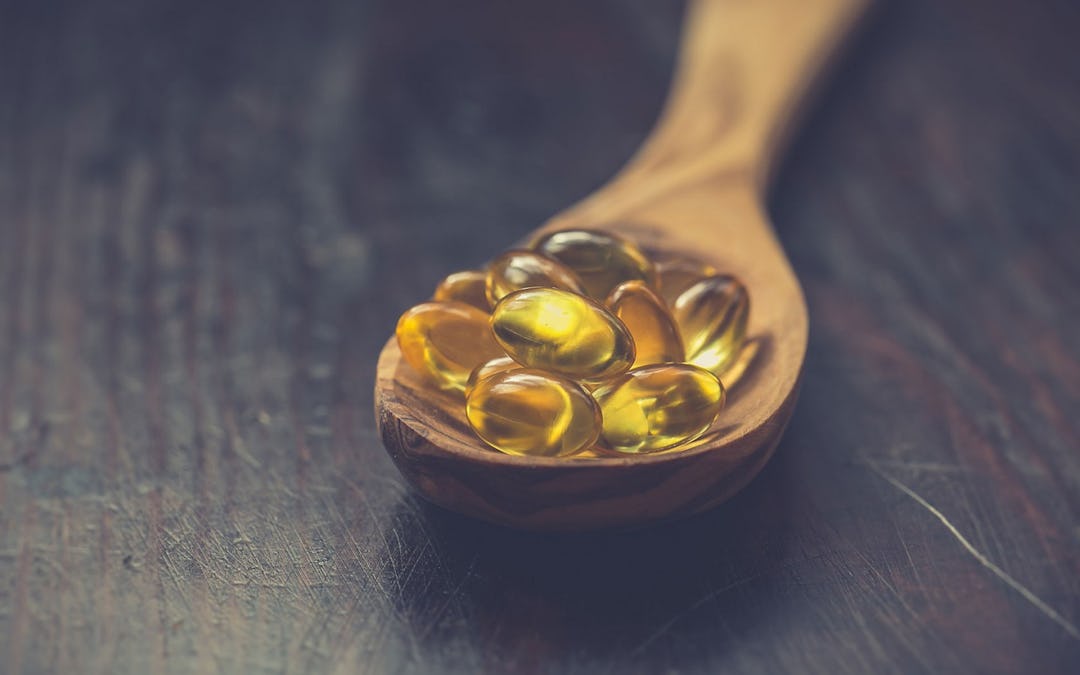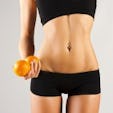Vitamin D has become one of the hottest topics within the past few years. Its benefits are as widespread as the suggestions for how much you should be getting. Because of the debate surrounding the sunshine vitamin, myths have surfaced.
Myth #1: “My body produces Vitamin D by itself. I don’t need sun exposure.”
This is only half true. Your body does produce vitamin D, but it needs UV rays in order to do it.
The sun produces two types of UV rays – UVA and UVB. UVA rays penetrate deeply into your skin. These are the rays that are responsible for skin cancer.
UVB rays don’t penetrate nearly as far into your skin. Your body uses UVB rays to produce vitamins.
If you want to get technical, you could use a vitamin D bed (much like a tanning bed, except you don’t tan) to get vitamin D.
In that case, you wouldn’t need the sun to produce vitamin D in your body.
But the best and cheapest way is to get it the way nature intended – from the sun.
Myth #2: “My office has a window, so I get my vitamin D that way.”
I’m afraid not.
Glass filters out the shorter UVB rays. Unfortunately, UVA rays still pass freely through glass. Yes, the cancer-causing rays.
The benefits of the UVB rays are believed to cancel out the detriments of UVA. So without that extra protection, you’re actually more likely to get melanoma.
Is that window office suddenly a lot less appealing? Would you now prefer a cubicle?
I wouldn’t be so quick to ditch a cushy office. You still get the benefit of better lighting (great for your eyes) and you don’t have to stare at your gray cubicle walls all day.
Myth #3: “Ok, but I get enough from my food. Milk does a body good!”
Unless you’re eating salmon every day or are basically doing the gallon challenge, there’s no way you’re getting enough vitamin D from your food. In order to get 1,000 IUs of vitamin D, you’d need to drink 10 glasses of milk.
You could also eat 7 ounces of salmon each day, but that’s a bit on the expensive side and you may be adding to your toxic load of mercury.
Mushrooms grown in the sun have vitamin D2, but it is not as well absorbed as D3.
Eating vitamin rich foods can be part of the way you get your daily dose of the nutrient, but it shouldn’t be your sole source.
Myth #4: “But I go to the beach¦”
Unless you’re going to Miami Beach every day from 10am to 2pm, chances are you’re not getting enough vitamin D on a daily basis. If you head to the beach after work, you’re probably not getting enough vitamin D. Also, if you’re sitting under an umbrella the entire time you’re on the beach, you’re not generating vitamin D.
The higher the latitude, the smaller the window for you to be able to get vitamin D. For example, if you live in Chicago, you can’t produce vitamin D at all in the winter.
In these cases, it’s essential for you to supplement.
Myth #5: “I only need to get 600 IU/day”
That’s the current recommendation from the Food and Nutrition board. But some experts believe the number is way below what it should be. The Vitamin D Council, for instance, recommends 5,000 IU per day for adults.
There is an upper limit for vitamin D taken orally – 10,000 IU per day. It is actually possible to overdose on vitamin D when you are supplementing. Your body will naturally stop producing vitamin D when it has determined it has enough.
However, these numbers are all arbitrary because things like your weight, genetics, smoking habits, etc, can affect your absorption rates. The best way to find out if you’re deficient is to take the 25(OH)D blood test. If your levels are between 20 and 50 ng/ml, you’re considered to have adequate vitamin D levels.

)





